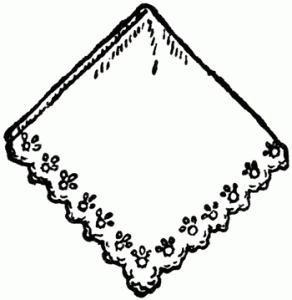As mentioned yesterday, he was captured at one point earlier in his career because of an ambush set up by the English. Unfortunately for him, history was about to repeat itself. In 1349, Geoffroi made contact with a Lombard mercenary who had the responsibility of maintaining the gates into Calais. Edward III of England had made this man, Aimery of Pavia, the captain of the city guard.
Aimery said he would sell Calais to Geoffroi for the sum of 20,000 écus, or gold crowns. Someone blabbed, and Edward found out. He summoned Aimery to London and told him to keep the arrangement, take the money, and let Edward's army know when the French forces intended to arrive to take over the town.
On the night of 31 December 1349, Geoffroi arrived with 500 men, paid the money to Aimery, and entered Calais with 12 knights and 100 archers. Edward's forces were waiting, and the attempted takeover of Calais was thwarted. There was some fighting, and Geoffroi was wounded and taken prisoner once again. (The illustration above is of the wounded Geoffroi lying before Edward III is from a 14th century French chronicle.)
Geoffroi spent a year in an English prison. King Philip VI was succeeded by King John II "the Good", who paid Geoffroi's ransom. Once back on the continent, Geoffroi found out where Aimery de Pavia was, caught him in bed with a mistress, dragged him to Geoffroi's home base at Saint-Omer, and had him publicly executed (tortured with hot irons, then quartered with an axe) as an oath-breaker.
In 1356, King John II and Geoffroi met with Edward, the Black Prince, who was raiding towns in southern France. The two sides parlayed. Mindful that a battle between the two armies would likely produce another bloody Crécy, Geoffroi suggested a "Trial by Combat" with hand-picked men instead of full-scale war. According to an account by the English herald John Chandos:
Then said Geoffroi de Charny: 'Lords,' quoth he, 'since so it is that this treaty pleases you no more, I make offer that we fight you, a hundred against a hundred, choosing each one from his own side; and know well, whichever hundred be discomfited, all the others, know for sure, shall quit this field and let the quarrel be. I think that it will be best so, and that God will be gracious to us if the battle be avoided in which so many valiant men will be slain.'
It was French overconfidence that decided against this advice. The result was the Battle of Poitiers, in which the French overconfidence proved misguided. King John was captured. Geoffroi de Charny was killed, an easy target since he upheld the oriflamme. He was given a quick burial at a nearby Franciscan convent, but in 1370 the body was re-interred in a church in Paris.
Although already mentioned a few days ago, I want to return to the subject of the Shroud of Turin that appeared in Geoffroi's possession with a little more detail surrounding the controversy of its origin. That will be tomorrow.









